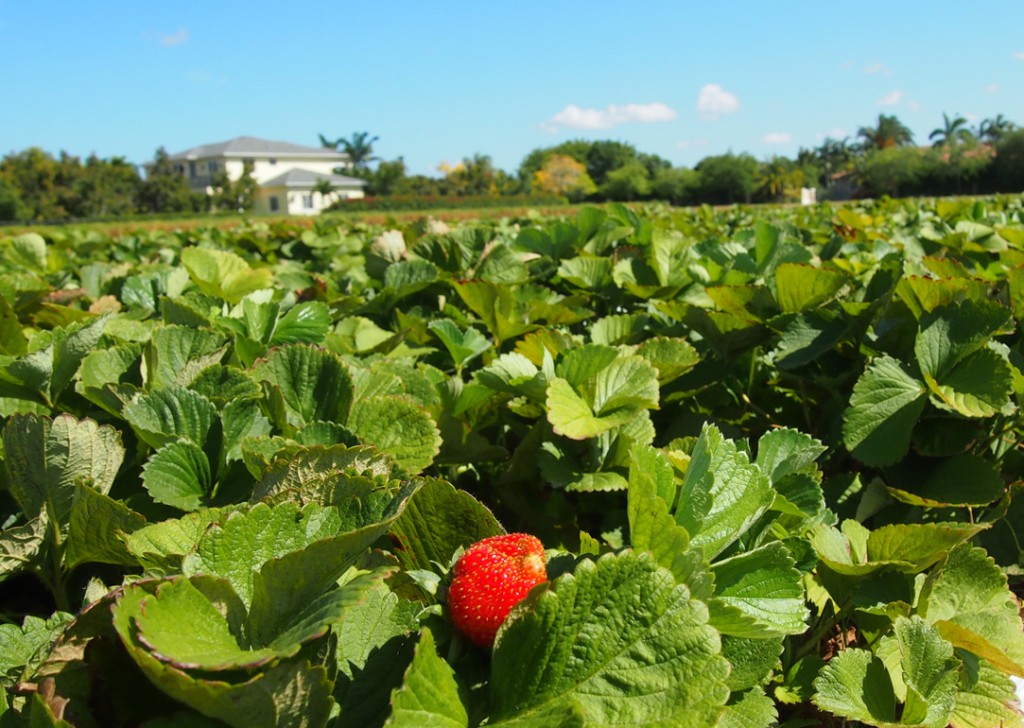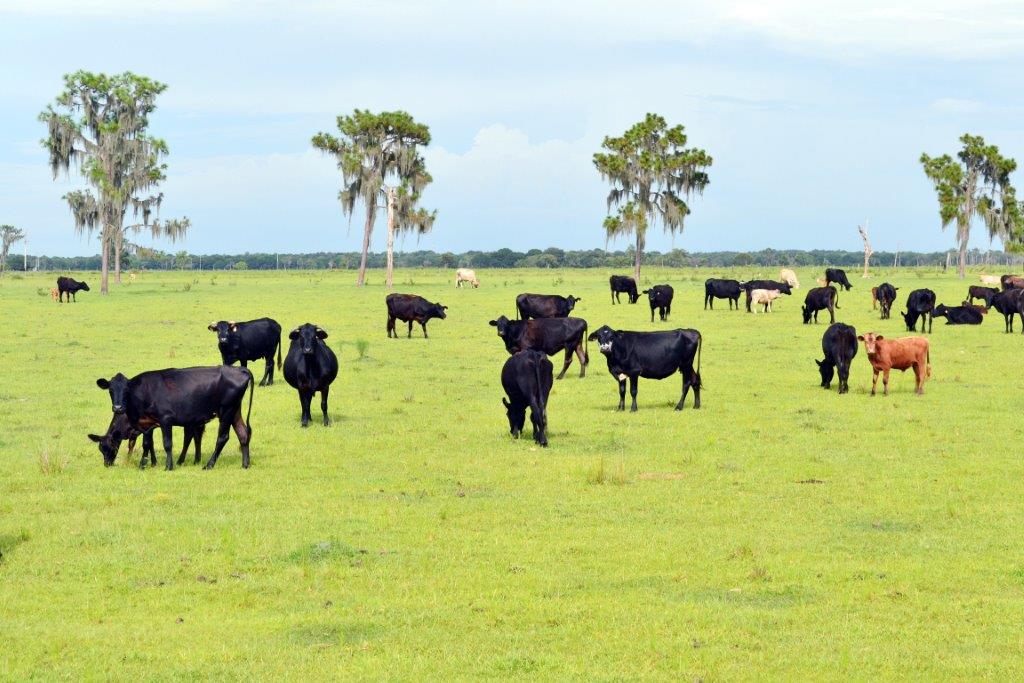Manual | Adoption | Rule Reference |
|---|---|---|
Silviculture | 2008 | 5I-6 |
Sod | 2008 | 5M-9 |
Cow/Calf | 2009 | 5M-11 |
Specialty Fruit & Nut | 2011 | 5M-13 |
Equine | 2012 | 5M-14 |
Citrus | 2013 | 5M-16 |
Nursery | 2014 | 5M-6 |
Vegetable & Agronomic Crops | 2015 | 5M-8 |
Aquaculture | 2015 | 5L-3 |
Dairies | 2016 | 5M-17 |
Poultry | 2016 | 5M-19 |
SW-8
Expand adoption and implementation of Best Management Practices for commercial and urban agriculture
OBJECTIVES:
Expand utilization of agricultural Best Management Practices (BMPs) to reduce nitrogen runoff to the bay. Target increased BMP participation from farms in priority areas where Total Maximum Daily Load regulations (TMDLs) or Basin Management Action Plans (BMAPs) exist. Support regional cost-sharing programs for implementing BMPs. Expand education about best practices to community gardens and homeowners with vegetable gardens, backyard chickens, horses or livestock.
STATUS:
Ongoing. The Florida Department of Agriculture and Consumer Services (FDACS) has completed and adopted BMP manuals for every major commodity produced in the Tampa Bay watershed. Efforts to increase enrollment in FDACS BMP program are ongoing with outreach targeted to BMAP areas. Enrollment in the Hillsborough and Manatee BMAP areas is at or near 100%. FDACS and the Southwest Florida Water Management District (SWFWMD) have active cost-share programs to incentivize implementation of BMPs for commercial agriculture operations, while UF/IFAS provides educational materials and outreach on BMPs.
BACKGROUND:
Non-point source pollutants from agriculture include nutrients from fertilizer and animal waste and pesticides. With improvements in irrigation and fertilization practices, public acquisition of former croplands and ongoing conversion of more intensive agricultural operations for commercial and residential development, nitrogen loading from agricultural sources has decreased in some areas in the Tampa Bay watershed. Some types of agriculture, such as cow/calf operations on pastures, may generate less nutrient runoff than residential development with highly maintained lawns. Urban agriculture (including community and backyard vegetable gardens and chicken coops) is increasing in popularity due to rising demand for homegrown and locally sourced foods.

Agriculture is an important economic driver in the region — Hillsborough, Polk and Manatee counties are among the top 6 Florida counties in value of agricultural products sold. Based on 2017–2021 estimates from the Tampa Bay Estuary Program’s Nitrogen Management Consortium, agriculture accounts for about 20% (approximately 759 tons of the 3,959 tons per year average) of total nitrogen loading to the bay from nonpoint source runoff.
BMPs can help farmers reduce impacts to soil and water resources while maintaining economically viable crop production levels. BMPs generally include a broad array of structural (e.g., constructed swales or basins) and non-structural (e.g., preservation or prevention) approaches to conserving water and reducing fertilizer and pesticide use. Many BMPs are also designed to protect nearby water resources.
BMPs that have been verified and deemed effective at reducing pollutants by the Florida Department of Environmental Protection (FDEP) have been adopted by rule by FDACS for all major agricultural commodities produced in the Tampa Bay region. BMP manuals are reviewed at least every five years. FDACS recognizes that many smaller farms are ineligible for enrollment in the current FDACS BMP Program, and there are various livestock, such as goats, sheep, pigs, and emus, that are not covered by current manuals.
Currently, if there is no applicable BMP manual for their livestock, farmers with diversified farm operations alternatively may adopt an approved conservation plan tailored to their operation (Rule 5M-12 Conservation Plans for Specified Agricultural Operations). Notably, facilities with large numbers of livestock in a confined area, known as animal feeding operations (AFOs) and concentrated animal feeding operations (CAFOs), are not regulated by FDACS. Instead, FDEP regulates AFOs under its industrial wastewater rules and CAFOs under its NPDES program. Hobby farmers are not currently enrolled in the FDACS BMP Program; however, FDACS plans to develop and adopt manuals for these operations.
Appropriate BMPs are encouraged through technical and financial assistance and a streamlined regulatory process. Farmers who implement FDACS-adopted BMPs benefit from a presumption of compliance with state water quality standards for pollutants that the BMPs address. Farming operations in BMAP areas are required to implement FDACS-adopted BMPs, otherwise they must conduct prescribed water quality monitoring that is approved by FDEP or Southwest Florida Water Management District (SWFWMD) to demonstrate compliance with water quality standards. FDACS prioritizes outreach to commercial operators within BMAP areas. Producers who enroll in the FDACS BMP Program benefit from a presumption of compliance regardless of whether they are located within an adopted BMAP boundary. FDACS maintains a public mapviewer of BMP enrollment by commodity type.
FDACS and SWFWMD incentivize adoption of BMPs through partnerships, such as the Facilitating Agricultural Resource Management Systems (FARMS) program that make it more feasible for farmers to implement new technologies. * The mini-FARMS program is a partnership of FDACS and SWFWMD that provides small farmers (less than 100 irrigated acres) reimbursement for 75% of the cost (up to $5000) to implement water conserving BMP projects. Farmers must be enrolled in the FDACS BMP Program to be eligible for mini-FARMS grants. SWFWMD offers the FARMS cost-share program for any farm located in the SWFWMD. * The Florida Farm Bureau County Alliance for Responsible Environmental Stewardship (CARES) program publicly recognizes farmers and ranchers that are enrolled with the FDACS BMP Program and remain in good standing with the FDACS Implementation Assurance Program. Producers receive a certificate and a “This Farm CARES” sign to place at their farm gate.
In 2014, FDACS’ Office of Agricultural Water Policy (OAWP) adopted a standardized statewide Implementation and Assurance Program consistent across all regions, commodities and BMP manuals. The program consists of two key components: mail-out surveys and site visits. Mail-out surveys are commodity specific and rotate between commodities year-to-year. The surveys contain a series of questions about management actions that correspond to the targeted BMPs for that commodity. Site visits utilize a standard form with inspections of BMP compliance for nutrient management, irrigation management and water resource protection.
With the passage of the Clean Waterways Act (2020), FDACS is expected to increase enrollment and inspections in BMAP areas statewide. As of 2022 within the three BMAP areas of TBEP (Alafia River, Hillsborough River, and Manatee River drainage areas), 15,089 out of 27,637 acres of agricultural lands were enrolled. Almost three-quarters of enrolled lands within BMAPs are cattle ranches. FDACS reports that 7,754 acres (644 parcels) of the remaining unenrolled lands are potentially enrollable. All except one of the required biennial site visits of agricultural operations within TBEP area BMAPs were completed between 2020-2022. Statewide, only two percent of inspection visits found the operations out of compliance with BMPs. The most common types of deficiencies involved record keeping, soil or tissue testing, or exceeding fertilizer application rates.

UF/IFAS Extension Agents provide outreach to both commercial and non-commercial operators to encourage BMP adoption. Outreach to rural hobby operators (e.g., horse boarding facilities, alpaca ranches, rabbit breeding operations), especially with property adjacent to waterways, should be a focus. In addition, education should be extended to urban farmers with a greater potential to contribute pollution to stormwater runoff, including community gardens, backyard gardens and chicken coops.
With the growing popularity and interest among urban homeowners in backyard chicken coops, Pinellas County (and five of its municipalities), the City of Tampa, Polk County, and Manatee County have adopted backyard chicken ordinances. Some ordinances have setback requirements for the coop, which can help minimize stormwater pollution from waste. UF/IFAS is developing a Backyard Poultry 101 Workshop for Small Farms Agents in several counties, which will likely include recommendations for managing waste. ( )